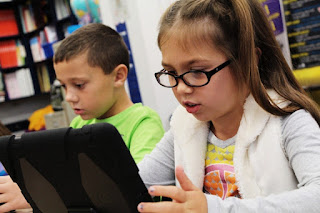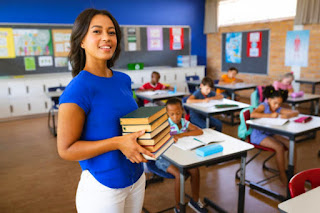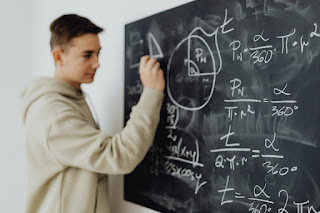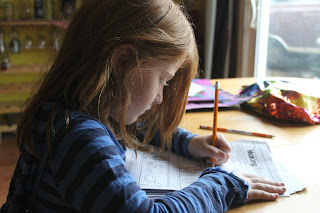From Sourcepage to Zeidpage: Exploring Dual Transfer Mechanism of Learnography

Education has perpetually been a journey of acquiring, understanding and applying the knowledge transfer of brain. Yet, the conventional methods of information transfer have evolved significantly, leading to the emergence of innovative educational paradigms like learnography. Double Transfer Learnography Embrace a holistic learning journey that empowers pre-training learners to become the architects of their own knowledge transfer, equipped with critical thinking and practical skills for the modern world. At the core of learnography lies a remarkable phenomenon - the dual transfer mechanism of brainpage modules. This process entails the transition of information from sourcepage to brainpage, where understanding is cultivated, and then to zeidpage, where application finds its canvas to generate, transform and write the solutions of complex tasks. The brainpage concept of knowledge transfer delves deep into the intricacies of this dual transfer mechanism, uncovering its implications, adv










